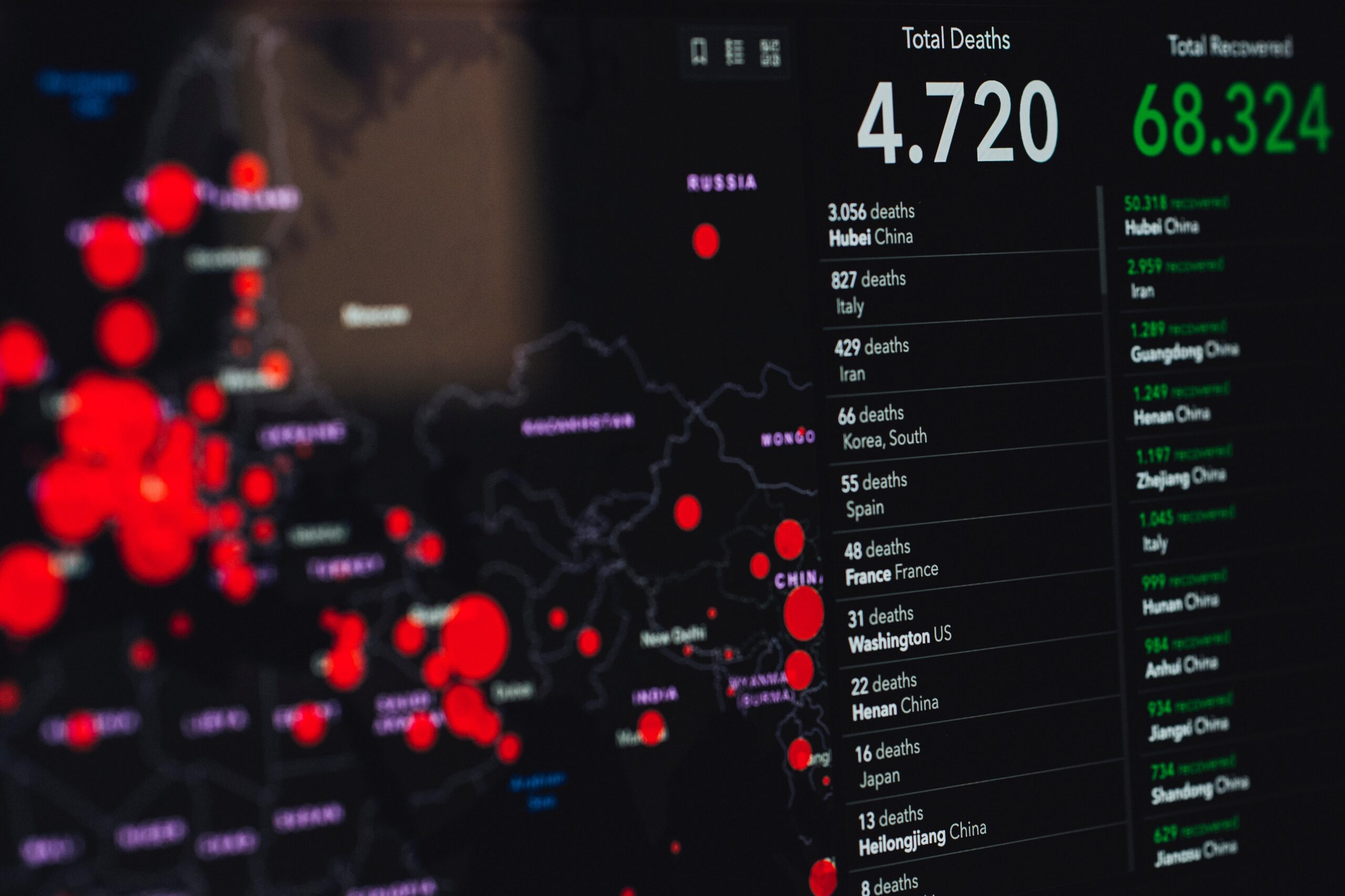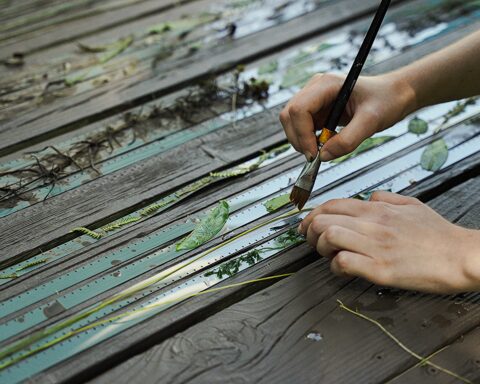Exactly two years ago, on March 17, Ontario Premier Doug Ford declared a State of Emergency in Ontario in response to the then-emerging COVID-19 virus.
Since then, there’s been more than 3.37 million cases of COVID-19 in Canada and more than 37,000 deaths caused by it.
In recent weeks, governments across the country have started rolling back COVID-19 measures, which has been met with mixed reviews. Similarly to how the causes and symptoms of “long-COVID” are still unclear, no one knows for certain what the long-term effects of living through the pandemic will be.
The pandemic isn’t just about public health; it’s about economics, politics, mental health, nationalism, equality, among other things. And it’s unearthed a host of existential concerns.
“The pandemic in Canada had the potential to be an explosive moment of change,” argues Nora Loreto, a podcaster, activist and author of Spin Doctors: How Media and Politicians Misdiagnosed the COVID-19 Pandemic. The book is a critique and media analysis of the first 18 months of the pandemic in Canada. Loreto references 579 articles from 136 news outlets.
Loreto argues that while the pandemic exposed many of the social gaps that already existed, not enough is being done to meaningfully address them.
“With the right social movement structure, the right spark or the right confluence of events, much of what underpinned Canada’s status quo could have come crashing down,” she writes.
‘Missing the big picture’
According to Loreto, journalists have been complicit in maintaining the status quo because of how they framed stories related to COVID-19. Focusing too heavily on the pandemic’s impact on individuals, she argues, prevented journalists from challenging how the pandemic was framed, which in turn prevented the public from getting the bigger picture.
Much of the Canadian COVID-19 coverage was “uncritical reporting that created a tsunami of media coverage so overwhelming that many people found it easier to tune out than to read everything,” she writes.
The idea of the public tuning out news combined with a lack of critical journalism is troubling. We live in an age where misinformation and disinformation are rampant, and polarization appears to be on the rise. Thoughtful journalism can combat that, but only if it’s actually practiced.
Throughout the pandemic, we’ve also witnessed how politicians’ decisions — and, to an extent, those in the media — can have direct implications on people’s health and safety.
For example, the first wave of the pandemic devastated long-term care homes in this country. Residents may have been more susceptible to COVID-19 due to personal factors like their age and general health, but structural factors including lack of funding, limited access to health care workers, and staff working in multiple locations all exacerbated pre-existing conditions, making residents more vulnerable.
We also saw how the prevalence and transmissibility of the virus plus a lack of paid sick days contributed to workplace outbreaks and community spread. Some employees said they chose to go to work despite the risks posed by COVID-19 because they couldn’t afford to miss work.
A journalist’s role is to give people the fullest possible view of what is happening, but Loreto argues journalists instead paid too much attention to people’s personal stories related to these issues and not enough to the underlying systems and causes.
“Journalists covered the news in the way that they usually do — with some criticism but not much, and certainly not enough to arm people with the knowledge necessary to adequately hold their leaders to account,” she says.
“Struggles were detached from broader social forces and therefore solutions were elusive, difficult to understand or far too complex to be seriously considered.”
Not all in the same boat
In Canada, COVID-19 hasn’t been the only thing that we’ve had to grapple with in the last two years.
There were the discoveries of thousands of unmarked graves found at former residential school sites across the country, a worsening opioid epidemic, Canada’s deadliest mass shooting in history in Nova Scotia, devastating wildfires in British Columbia, massive flooding on both the East and West Coasts, and this year’s so-called “Freedom Convoy.”
As Devika Shah and Michelle Baldwin wrote in a recent National Observer op-ed on social change and the climate crisis: “One thing is becoming clearer: these issues are inextricably linked and have common causes and complementary solutions.”
Early in the pandemic, messages of solidarity and slogans like “we’re all in this together” quickly caught on. But it just as quickly became apparent that while we may all be in the same storm, we are not in the same boat. In many cases, the most vulnerable people in society including BIPOC, women, and people with disabilities, were exposed even more by the same structural deficiencies that affected long-term care homes mentioned above.
Reporting on and scrutinizing those discrepancies is necessary for journalists, Loreto says, because it creates a frame through which people understand current affairs. Loreto believes Canadians are “worse off” without journalism that holds people to account or speaks truth to power.
Call to arms
It’s said that “journalism is the first draft of history,” and with that power, comes great responsibility.
“The window that journalists construct has enormous consequences on how people understand the world around them,” Loreto writes. “Journalists can create understandings and tendencies that permeate throughout a population.”
For example, there are significant differences between describing the situation in Ukraine as a “war,” a “conflict,” or an “invasion.” Similarly, there are different connotations when referring to COVID-19 measures as “protections” or as “restrictions.”
The pandemic has touched every aspect of our lives. Globally, millions of people have died. And even though fortunately many people who contracted the virus survived, it’s very likely we’ll continue seeing its ugly fingerprints on our world for years to come.
As an industry, journalism did a decent job tracking COVID-19 data and exposing a myriad of structural inequalities and deficiencies, but we’ll need more critical and analytical journalism in order to fill those gaps and not only recover from the pandemic but “build back better,” as Prime Minister Justin Trudeau said during last summer’s federal election.
After two years of lockdowns, masks, physical distancing and capacity limits, everyone is eager to get back to something resembling “normal.” But we need critical journalism to inform how we go about doing that, because if we go back to the way things were in March 2020, we will have wasted two years.
Marcus is a poet, editor and freelance journalist based in Toronto. He currently works with New Canadian Media as an Editor and as a Freelance Writer for ByBlacks.com, The Edge: A Leader's Magazine and The Soapbox Press.




